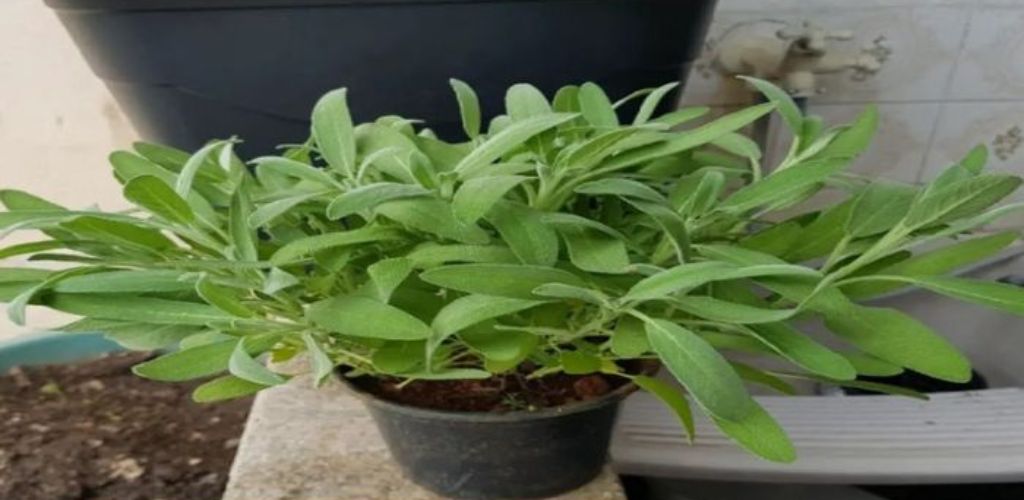04.01.2025
How to grow sage
Sage is a relatively easy herb to grow, and it’s a rewarding addition to any herb garden. Here’s a guide to help you:
1. Choosing the Right Sage:
- Common Sage (Salvia officinalis): This is the most common type, with gray-green leaves and a strong, savory flavor.
- Other Varieties: Consider other varieties like purple sage (with purple leaves), golden sage (with variegated foliage), or pineapple sage (with pineapple-scented leaves).
2. Starting Your Sage:
- Seeds: Sow seeds indoors 6-8 weeks before the last expected frost.
- Seedlings: Purchase young sage plants from a local nursery or garden center. This is often the easiest method.
3. Planting:
- Sunlight: Sage loves full sun. Choose a location in your garden that receives at least 6 hours of direct sunlight per day.
- Soil: Plant in well-drained soil. Avoid heavy clay soils that retain too much moisture.
- Spacing: If planting multiple sage plants, space them 18-24 inches apart.
4. Care:
- Watering: Water regularly, especially during dry periods. Allow the soil to dry out slightly between waterings. Avoid overwatering, as this can lead to root rot.
- Fertilizing: Fertilize lightly with a balanced fertilizer once or twice during the growing season.
- Pruning: Prune lightly after flowering to encourage bushier growth.
5. Harvesting:
- Harvesting: Harvest sage leaves as needed by pinching off the tips of the stems.
- Drying: You can also harvest larger quantities of sage by cutting back the entire plant by about one-third. Dry the stems upside down in a well-ventilated, shady area.
Tips for Growing Sage:
- Companion Planting: Sage is a good companion plant for cabbage, carrots, and rosemary.
- Pests and Diseases: Sage is generally pest-resistant, but watch out for aphids and spider mites.
With a little care, you’ll be enjoying fresh sage from your own garden in no time!
Do you have any other questions about growing sage or other herbs? I’d be happy to help!
